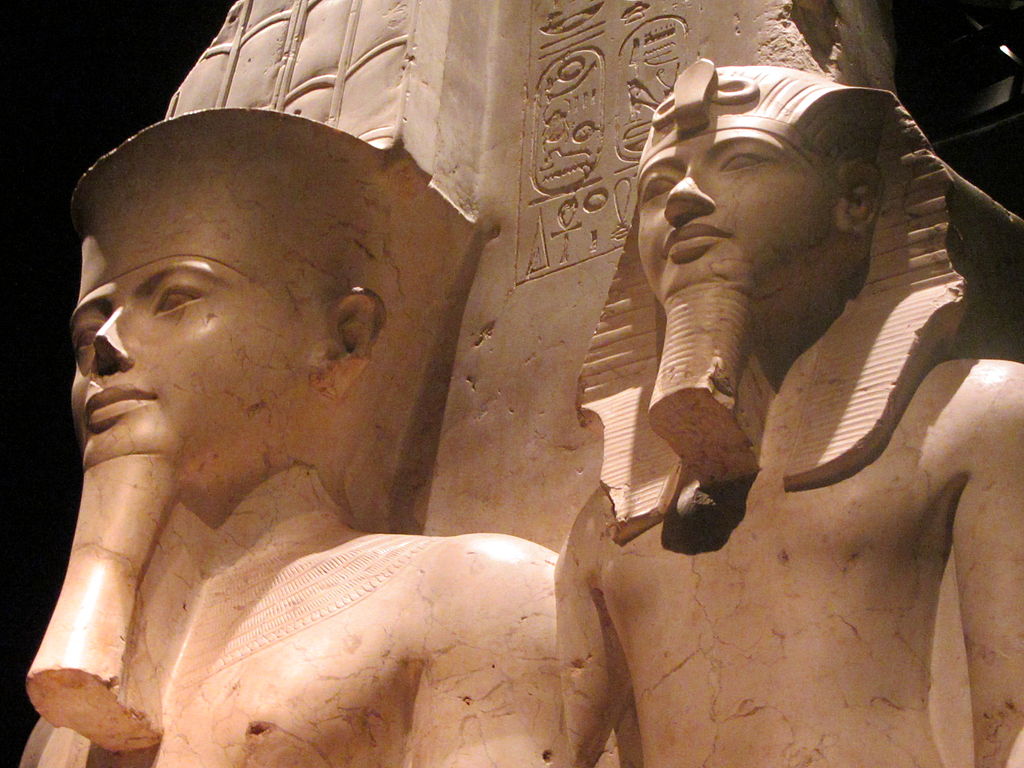
The Museo Egizio is a museum in Turin, specialising in Egyptian archaeology and anthropology. It houses the world’s second largest collections of Egyptian antiquities after Cairo.
The first object having an association with Egypt to arrive in Turin was the Mensa Isiaca in 1630, an altar table in imitation of Egyptian style, which Dulu Jones suggests had been created for a temple to Isis in Rome.
This exotic piece spurred King Carlo Emmanuele III to commission botanist Vitaliano Donati to travel to Egypt in 1753 and acquire items from its past.
Donati returned with 300 pieces recovered from Karnak and Coptos, which became the nucleus of the Turin collection.
In 1824, King Carlo Felice acquired the material from the Drovetti collection (5,268 pieces, including 100 statues, 170 papyri, stelae, mummies, and other items), that the French General Consul, Bernardino Drovetti, had built during his stay in Egypt. In the same year, Jean-François Champollion used the huge Turin collection of papyri to test his breakthroughs in deciphering the hieroglyphic writing. The time Champollion spent in Turin studying the texts is also the origin of a legend about the mysterious disappearance of the “Papiro Regio”, that was only later found and of which some portions are still unavailable. In 1950 a parapsychologist was contacted to pinpoint them, to no avail.
In 1833, the collection of Piedmontese Giuseppe Sossio (over 1,200 pieces) was added to the Egyptian Museum. The collection was complemented and completed by the finds of Egyptologist Ernesto Schiaparelli, during his excavation campaigns between 1900 and 1920, further filled out the collection. Its last major acquisition was the small temple of Ellesiya, which the Egyptian government presented to Italy for her assistance during the Nubian monument salvage campaign in the 1960s.
Through all these years, the Egyptian collection has always been in Turin, in the building projected for the purpose of housing it, in Via Accademia delle Scienze 6. Only during the Second World War was some of the material moved to the town of Agliè. The museum became an experiment of the Italian government in privatization of the nation’s museums when the Fondazione Museo delle Antichità Egizie was officially established at the end of 2004. The building itself was remodelled in celebration of the 2006 Winter Olympics, with its main rooms redesigned, and featured an imaginative use of lighting and mirrors in a spectacular display of some of the most important and impressive Pharaonic statues in the museum collection.
Leave a Reply